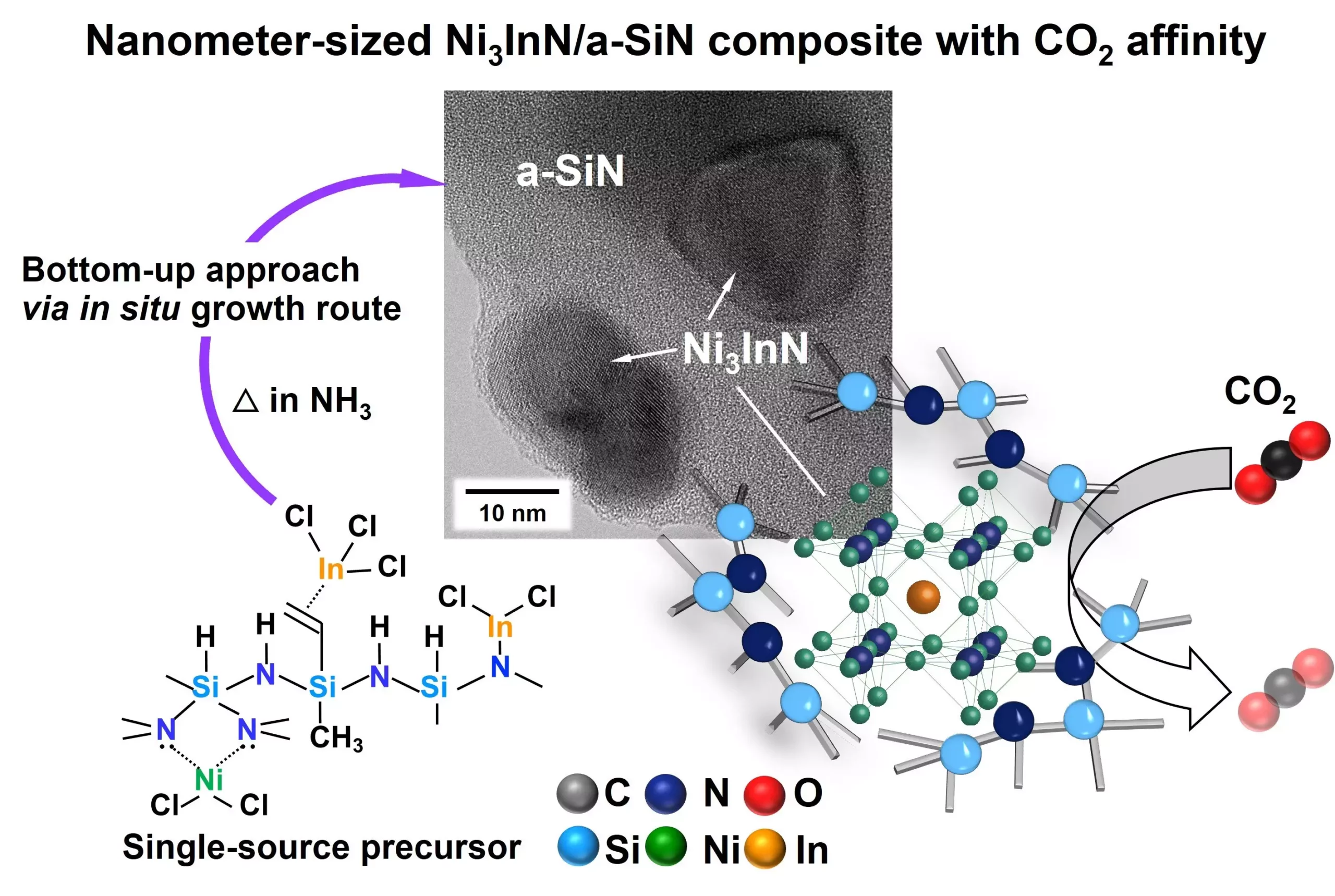In the realm of advanced materials, perovskites have taken center stage in recent years, dazzling researchers with their remarkable properties and diverse applications. However, anti-perovskites, their lesser-known counterparts, deserve equal enthusiasm and attention. Despite their inverted electrical configurations that afford them unique characteristics, these materials have been overshadowed, primarily due to challenges in their synthesis. The significance of anti-perovskites lies in their potential to revolutionize various functional applications, from catalysis to superconductivity, and it’s time for the scientific community to spotlight their promise.
Challenges in Synthesis: A Barrier to Innovation
The journey towards harnessing the full potential of anti-perovskites has not been smooth sailing. One of the primary obstacles is synthesizing nanosized anti-perovskite structures, which has proven to be a complex and nuanced task. This difficulty impedes integration into practical applications, particularly in the field of catalysis where the ability to control size and morphology is crucial. The absence of established methods for producing these nanostructures at the required scale hinders their adoption in cutting-edge applications, thus stunting innovation in this crucial area.
A Game-Changer in Synthesis Techniques
A breakthrough emerged from a collaborative study led by Professor Yuji Iwamoto and a distinguished team of researchers from Japan, India, and France. Their innovative approach focuses on the synthesis of nitride-based anti-perovskites, employing a Polymer-Derived Ceramics (PDCs) technique that could reshape the landscape of material science. By cleverly modifying polysilazane precursors to incorporate nickel and indium chlorides, they devised a one-step synthesis process that occurs at a relatively low temperature of 300 °C.
This approach not only simplifies the production of anti-perovskites but also enables the formation of heterogeneous structures characterized by an amorphous silicon nitride matrix embedded with Ni3InN nanoparticles. This unique combination boasts a high level of microporosity, which is essential for enhancing the material’s reactivity and functionality.
Understanding the Science Behind the Breakthrough
Prof. Iwamoto and his collaborators navigated a perplexing challenge: achieving a single-phase Ni3InN compound through traditional stoichiometric blending. Initial efforts were met with setbacks, revealing the intricate relationships between the components of the precursor materials. The researchers meticulously analyzed the precursor’s chemical properties, particularly the role of vinyl groups in disrupting interactions with indium chloride. Their findings led to an effective solution—adding excess indium chloride not only mitigated the issues faced but also facilitated the desired transformation into a pure phase of Ni3InN at lower temperatures.
This depth of understanding exemplifies the critical scientific inquiry required to unlock the potential of anti-perovskites. Research should not merely seek answers but also grapple with the complexities inherent in novel material systems.
Implications for Catalytic Applications and Beyond
Enticingly, the work of this research team extends far beyond the synthesis of anti-perovskites. Their findings suggest a new direction for developing functional materials capable of catalyzing significant chemical transformations. The demonstrated ability of the a-SiN/Ni3InN composite to adsorb and release CO2 opens avenues for innovative clean energy solutions. By potentially acting as a catalyst for converting CO2 into valuable products, anti-perovskites might play a critical role in addressing pressing environmental challenges.
Dr. Samuel Bernard underscores the versatility of these nanocomposites, emphasizing their promise for designing advanced heterogeneous catalysts. The interplay of various metal species within the dominant structural framework provides opportunities for exploring novel catalytic functionalities and enhancing chemical reactions, which is imperative for energy efficiency and sustainability.
A Call for Broader Exploration of Anti-Perovskites
The revelations presented by this research urge a stronger focus on anti-perovskites within the academic and industrial sectors alike. As material scientists continue to unravel the complexities of these unique substances, the transformative potential of anti-perovskites can no longer be dismissed. They represent an opportunity to redefine how we approach material design and application, promising advancements that intertwine scientific discovery with real-world solutions.
In this ever-evolving landscape, embracing the full spectrum of materials available, including the oft-overlooked anti-perovskites, will be crucial in propelling innovation forward and meeting the needs of a sustainable future.


Leave a Reply